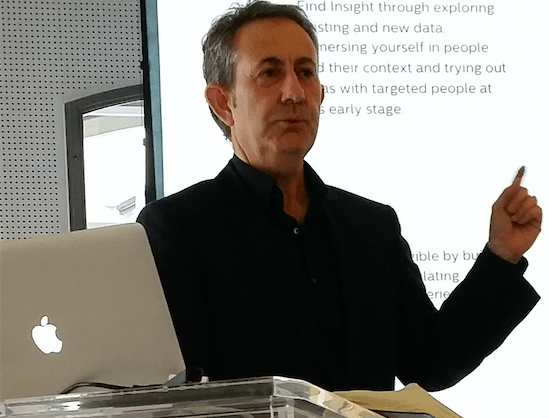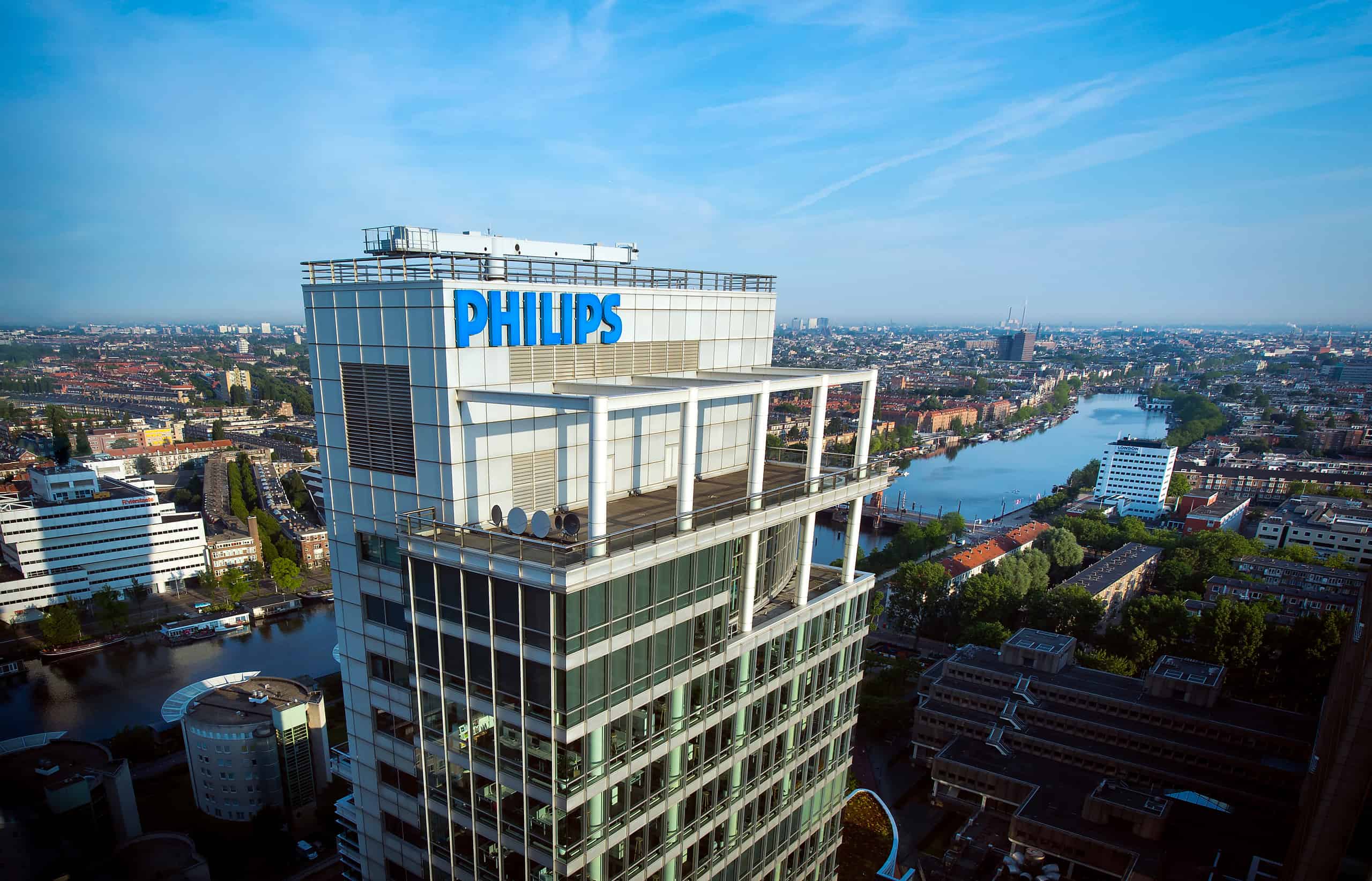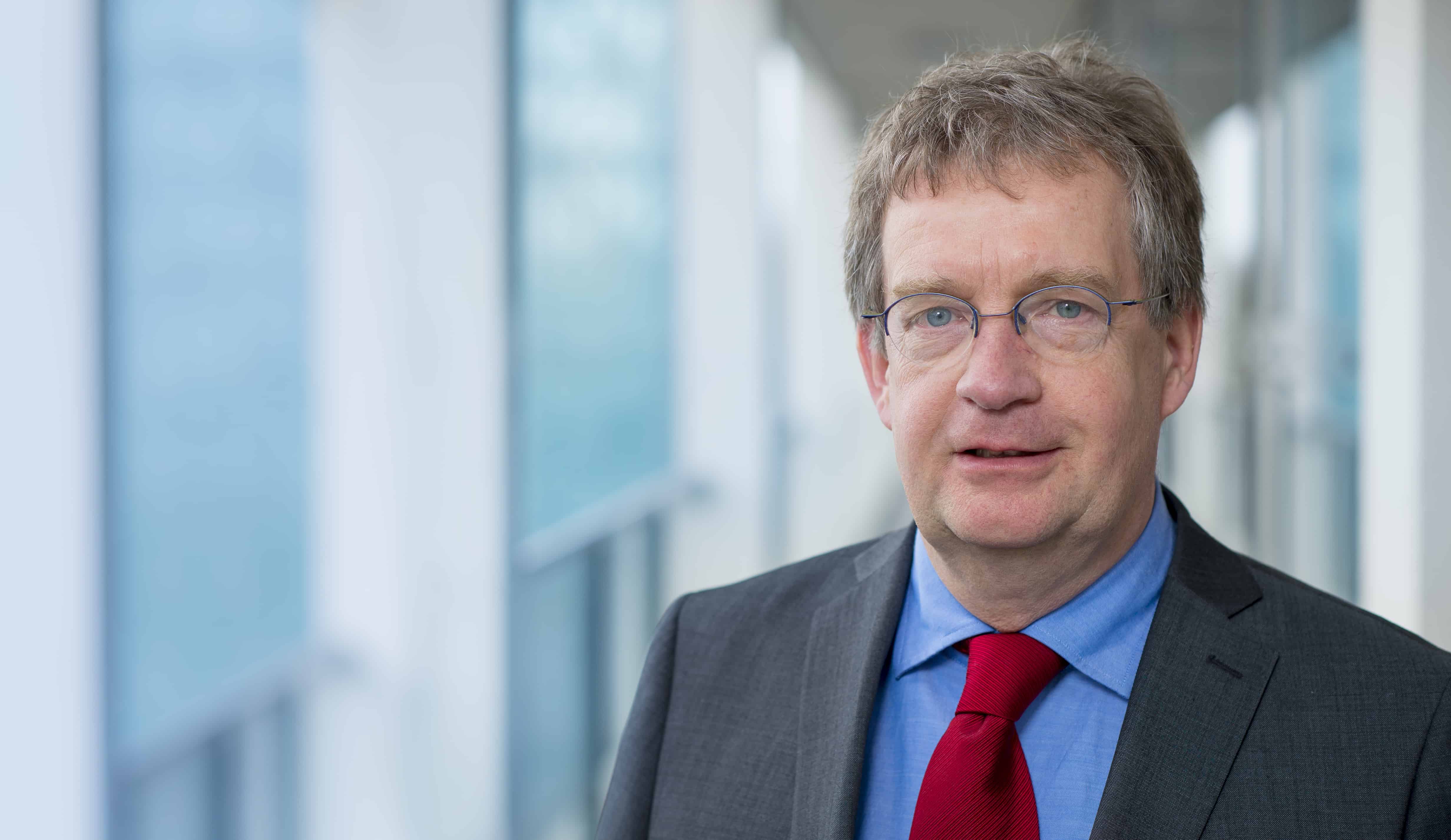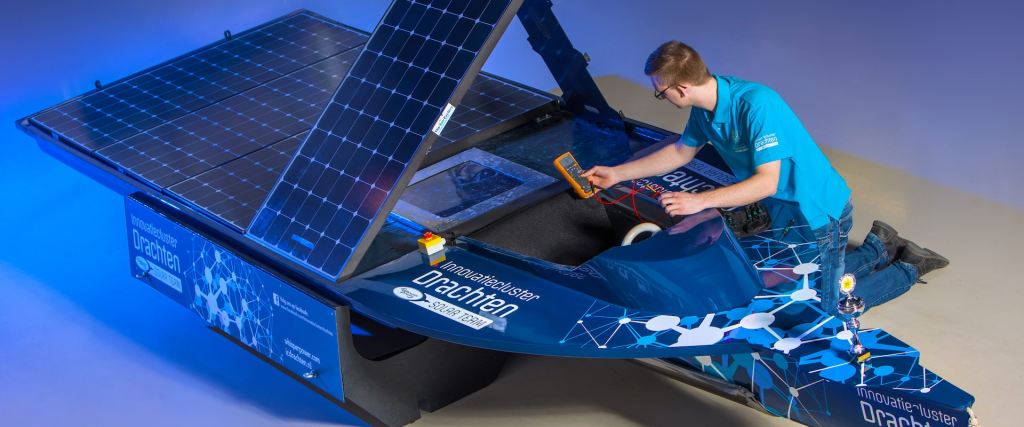
While walking through the Philips museum, a visitor is literally overwhelmed by the huge successes of the 125 year old company. The designs are as remarkable as they are recognizable: every Dutch home, from the early 1900’s until recently, has elements of Philips design.
But amidst all these glorious stuff, there’s also a corner for the “missed opportunities”. Wrong elaboration, wrong circumstances or wrong timing, the ‘what if’ feeling comes on strong with a series of design attempts of the late twentieth century. The products on display are barely distinguishable from what we got to know later as e-readers, 3D screens and interactive accessories. “We anticipated the ipad, blackberry and much more, but finally all these devices appeared on the market without the name of Philips on it,” says Sean Carney, Chief Design Officer of Philips. “If there’s one thing we need to do differently now, that’s it.”
 Carney is, “like all designers,” optimistic by nature. “Philips determines the future and we as designers will deliver it. We do this, certainly in the last three or four years, in cooperation with our engineers and business people. No longer are we operating in isolation to create a product, but constantly building new prototypes, testing them in real life, ask for feedback and then iterate on the further development. Only so you get valuable and meaningful solutions.”
Carney is, “like all designers,” optimistic by nature. “Philips determines the future and we as designers will deliver it. We do this, certainly in the last three or four years, in cooperation with our engineers and business people. No longer are we operating in isolation to create a product, but constantly building new prototypes, testing them in real life, ask for feedback and then iterate on the further development. Only so you get valuable and meaningful solutions.”
Carney stands in a long tradition of chief designers at Philips. It all started around 1925, when Anton Philips offered the young Louis Kalff the opportunity to literally design his vision for the Philips brand. He would stay until 1960, when successively Rein Veensema, Knut Yran, Robert Blaich and Stefano Mariana took over the baton. Philips Museum currently displays an exhibition of their 90-year tradition. “That legacy gives us a strength unfamiliar to many other technology companies, especially the ones in Silicon Valley. But”, Carney rapidly adds, “it is the future that counts. We design the future.”
 At Philips, this future is largely dominated by the search for a healthier world. And with success, Carney tells with pride. “In the museum, the counter is currently still at 1.7 billion, but it needs to be adjusted because now I can say that we improved the lives of two billion people. Two Billion! And all thanks to our devices, our technology and our design. We create a better world. If we are looking for new staff to help us with that, I always ask them this kind of questions: how do you really want to use your talent? By saving babies allover the world or just by creating something fashionable?”
At Philips, this future is largely dominated by the search for a healthier world. And with success, Carney tells with pride. “In the museum, the counter is currently still at 1.7 billion, but it needs to be adjusted because now I can say that we improved the lives of two billion people. Two Billion! And all thanks to our devices, our technology and our design. We create a better world. If we are looking for new staff to help us with that, I always ask them this kind of questions: how do you really want to use your talent? By saving babies allover the world or just by creating something fashionable?”
A global team of trendwatchers headed by Claudia Lieshout assists Carney in his choices. Then there is his own team, 500 designers spread across 19 studios in 9 countries. “A motley collection of design disciplines. Where design used to be just graphic design, we now distinguish more than thirty different competencies. Data visualization designers, interaction designers, human factors specialists, trend analysts, service designers, to name just a few… And on top of that we always look for cooperation with others. Always co-creating and never stop listening to the user, that’s our key to success.” A success which is recognized by others as well: “Last year we were honoured with no less than 156 design prizes, including RedDot and iF awards.”

Co-creation also works with the major hospitals, both in the Eindhoven region (with the Maxima Medical Centre for example Philips is conducting neonatology lab) and elsewhere. Carney: “For instance, look at Westchester Medical Center in New York and MacKenzie Health in Ontario. Both are great examples of what cooperation can bring – in time, in human beings, but also in money. The whole process is one of co-creation, together we are working to find the solutions that are needed. In the meantime we are conducting a sales operation, but actually they hardly notice that.”








